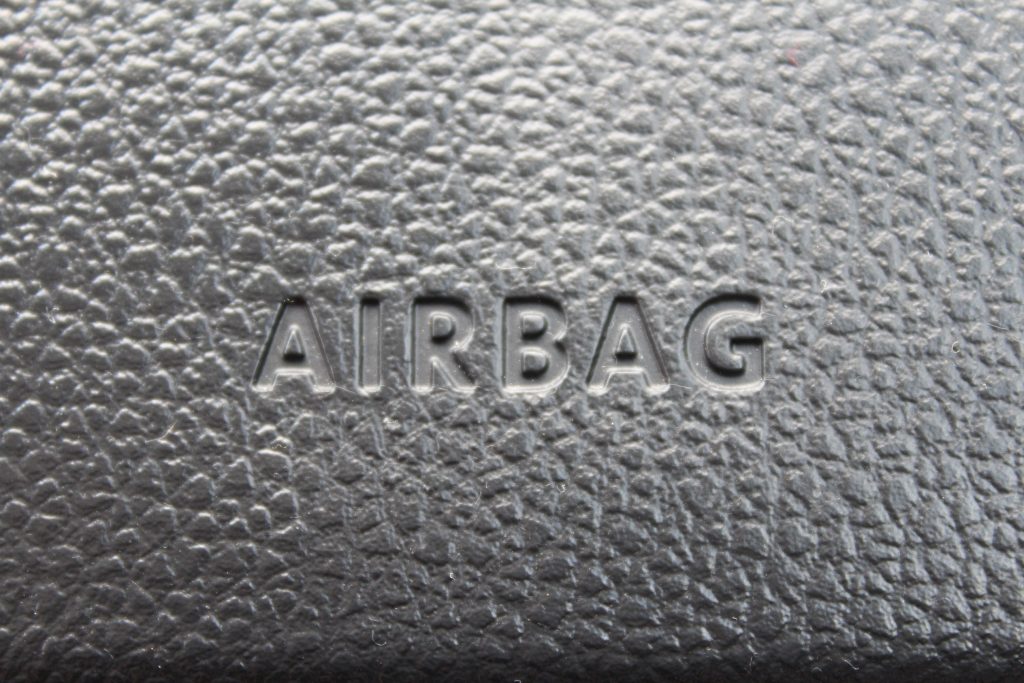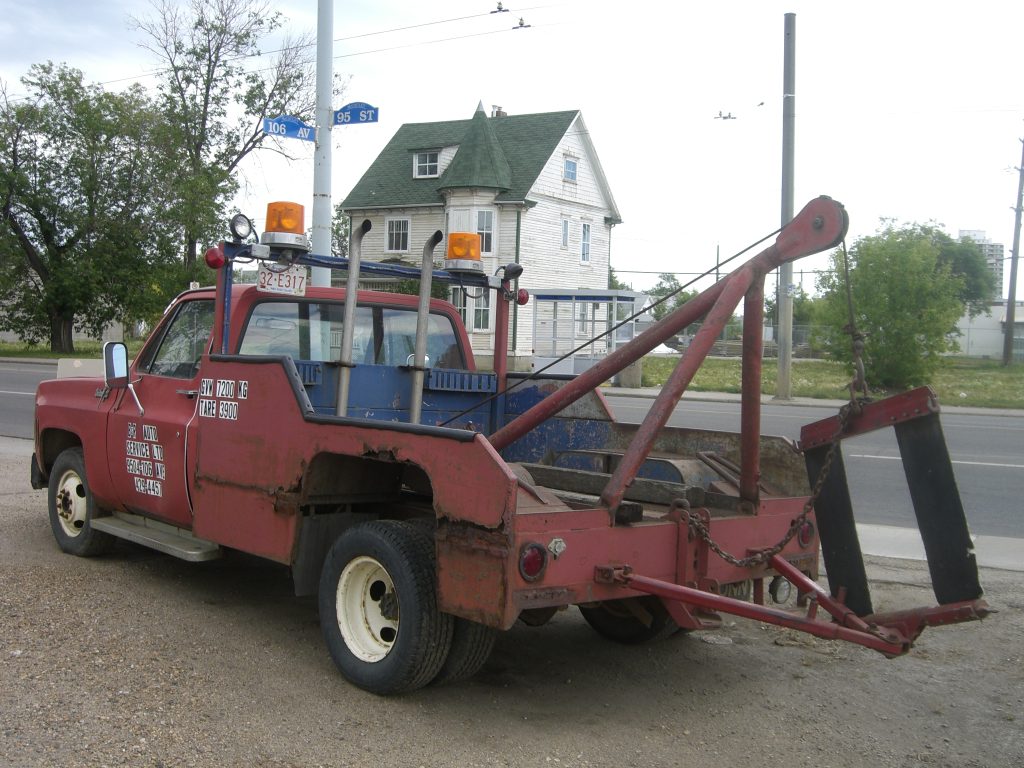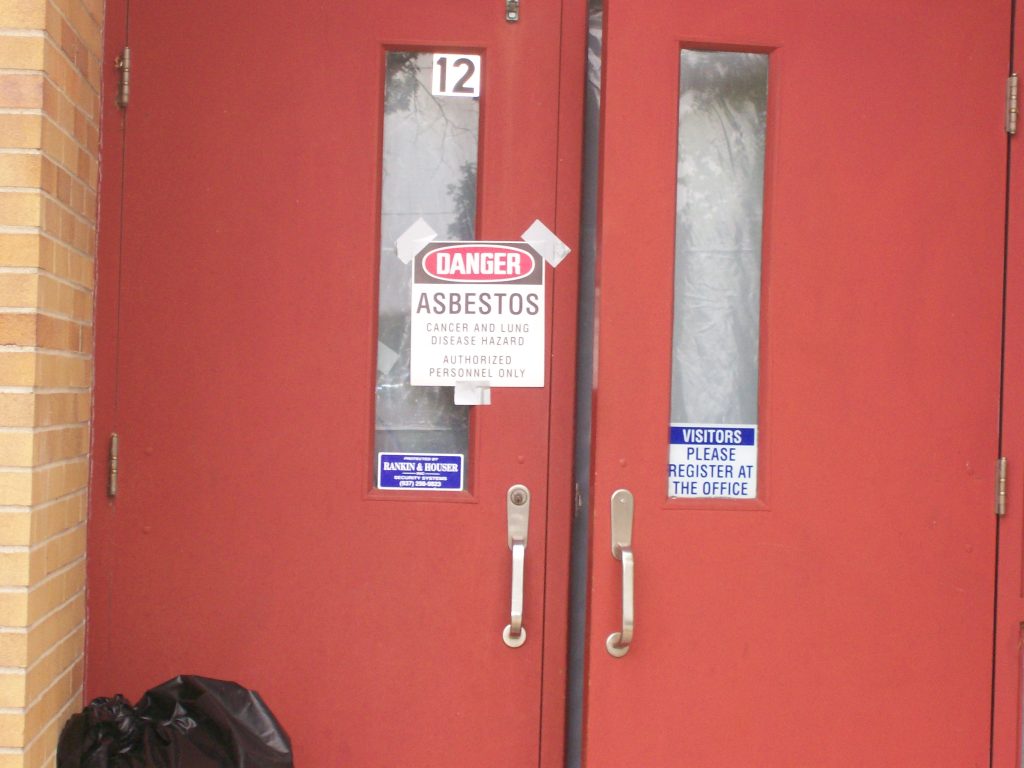 Car manufacturers have a duty to provide safe vehicles for drivers and passengers. A safe car includes an airbag that can help lessen the effects of an auto accident. What happens when your airbag doesn’t expand during a wreck? Can you sue the manufacturer of that airbag? An Ascension Parish lawsuit shows why the absence of a car that has a defective airbag will cause major headaches for your product liability lawsuit.
Car manufacturers have a duty to provide safe vehicles for drivers and passengers. A safe car includes an airbag that can help lessen the effects of an auto accident. What happens when your airbag doesn’t expand during a wreck? Can you sue the manufacturer of that airbag? An Ascension Parish lawsuit shows why the absence of a car that has a defective airbag will cause major headaches for your product liability lawsuit.
While traveling through Ascension Parish in the summer of 2012, Joseph M. Dortch (“Dortch”) swerved off the road and into a ditch after trying to avoid another vehicle crossing over the centerline of the highway. Dortch was transported to the hospital by ambulance and sustained several injuries. His car was totaled and eventually sold by his insurance company, State Farm Mutual Automobile.
Following the accident, Dortch sued the other driver and FCA US LLC. Against FCA US LLC, Dortch claimed that the airbags in his vehicle were “unreasonably dangerous” because they failed to deploy during the accident and were, thus, the proximate and contributory cause of his injuries. FCA US LLC filed a motion for summary judgment in response to these claims, arguing three points to undermine Dortch’s allegations.
 Louisiana Personal Injury Lawyer Blog
Louisiana Personal Injury Lawyer Blog


 The evolving nature of employment now means the relationship between employer and employee can be indirect and through different contracting methods. In addition, many people employed by one company are, in fact, on the job doing work for another. A recent case in Louisiana highlights these distinctions and the risks posed to workers and their families when seeking compensation.
The evolving nature of employment now means the relationship between employer and employee can be indirect and through different contracting methods. In addition, many people employed by one company are, in fact, on the job doing work for another. A recent case in Louisiana highlights these distinctions and the risks posed to workers and their families when seeking compensation. The jury process is considered the great equalizer when it comes to the everyday man fighting large corporations. Juries in Louisiana are made up of twelve people tasked with evaluating the evidence and legal arguments of the parties. While juries do, their best mistakes can be made and corrected by the Judge overseeing the case. So what happens if a jury leaves out critical items of a damage award? Can a Judge increase a jury’s award of damages? The following lawsuit out of Lake Charles helps answer this question.
The jury process is considered the great equalizer when it comes to the everyday man fighting large corporations. Juries in Louisiana are made up of twelve people tasked with evaluating the evidence and legal arguments of the parties. While juries do, their best mistakes can be made and corrected by the Judge overseeing the case. So what happens if a jury leaves out critical items of a damage award? Can a Judge increase a jury’s award of damages? The following lawsuit out of Lake Charles helps answer this question.  Courts often hear contradicting testimony and must decide who to believe or who is more credible. For example, the following
Courts often hear contradicting testimony and must decide who to believe or who is more credible. For example, the following  In automobile accident cases, determining the drivers’ liability is often the core issue in determining damages. Unfortunately, who is at fault in a car accident in a parking lot can be tricky. The following lawsuit out of Lake Charles shows how courts weigh the evidence and come to conclusions in parking lot collisions.
In automobile accident cases, determining the drivers’ liability is often the core issue in determining damages. Unfortunately, who is at fault in a car accident in a parking lot can be tricky. The following lawsuit out of Lake Charles shows how courts weigh the evidence and come to conclusions in parking lot collisions.  One’s life is forever altered after an incapacitating injury. While the situation comes with enough issues, problems are enhanced when medical providers merge and change the disability benefits you have relied upon for a year. Unfortunately, this is precisely what happened to Michael Swinea after
One’s life is forever altered after an incapacitating injury. While the situation comes with enough issues, problems are enhanced when medical providers merge and change the disability benefits you have relied upon for a year. Unfortunately, this is precisely what happened to Michael Swinea after  When subcontractors get injured at work, it can be confusing to determine who is liable for damages. This case shows a company’s failed attempt at using the “two contract defense” to dismiss claims in a slip and fall case. It also helps answer the question; What is a two-contract defense in Louisiana Lawsuits?
When subcontractors get injured at work, it can be confusing to determine who is liable for damages. This case shows a company’s failed attempt at using the “two contract defense” to dismiss claims in a slip and fall case. It also helps answer the question; What is a two-contract defense in Louisiana Lawsuits? Personal injury cases can lead to placing the blame on a party so the injured person can receive compensation for her injuries. But what happens after a traffic miscommunication if both sides blame the other for the wreck? Further, what if their insurance companies are unwilling to take all the blame and pay for the accident? The only way to solve this dilemma is through a trial which can help apportion the fault of each side after weighing the evidence. The following case out of Marksville, Louisiana, shows how fault should be apportioned in a personal injury car accident.
Personal injury cases can lead to placing the blame on a party so the injured person can receive compensation for her injuries. But what happens after a traffic miscommunication if both sides blame the other for the wreck? Further, what if their insurance companies are unwilling to take all the blame and pay for the accident? The only way to solve this dilemma is through a trial which can help apportion the fault of each side after weighing the evidence. The following case out of Marksville, Louisiana, shows how fault should be apportioned in a personal injury car accident.  As the weather gets nicer across the country, millions will travel to destinations near or far. Unfortunately, with this increase in traffic, accidents will occur due to the negligence of drivers. But what happens when the roadway’s integrity and safety come into question? Can the state be held liable for a highway’s defects? – The following lawsuit out of Morgan City, Louisiana, helps answer that question.
As the weather gets nicer across the country, millions will travel to destinations near or far. Unfortunately, with this increase in traffic, accidents will occur due to the negligence of drivers. But what happens when the roadway’s integrity and safety come into question? Can the state be held liable for a highway’s defects? – The following lawsuit out of Morgan City, Louisiana, helps answer that question. Although most people have heard of both state and federal courts, many do not know when a party in a lawsuit can move a case to a different court. This happened to Howard Zeringue, who first filed a lawsuit in Louisiana state court, but soon found himself in the United States District Court for the Eastern District of Louisiana after the company he sued removed the case to federal court. This case helps answer the question; My lawsuit was removed to Federal Court. What does that Mean?
Although most people have heard of both state and federal courts, many do not know when a party in a lawsuit can move a case to a different court. This happened to Howard Zeringue, who first filed a lawsuit in Louisiana state court, but soon found himself in the United States District Court for the Eastern District of Louisiana after the company he sued removed the case to federal court. This case helps answer the question; My lawsuit was removed to Federal Court. What does that Mean?